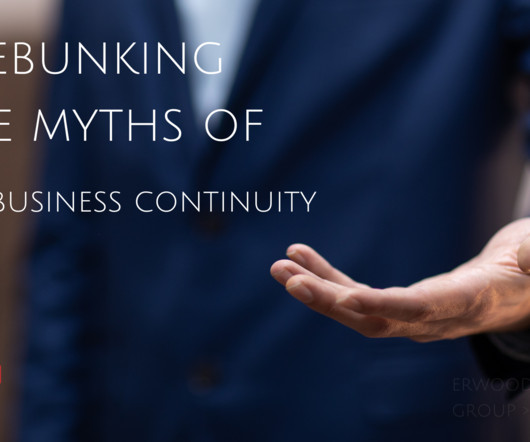How AI Can Transform Integrated Security
Security Industry Association
MARCH 19, 2024
The physical and cybersecurity world is dynamic and fast-paced, with security experts constantly looking for ways to automate, optimize and enhance their security efforts. With intrusion detection and prevention systems, AI helps to identify and respond to threats instantly, preventing incidents and mitigating damage and loss.






















Let's personalize your content